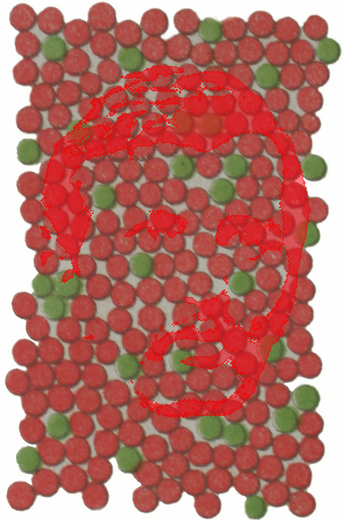Franz Christian Boll1849–1879
Heinrich Müller’s discovery of the coloured retinal receptors was not actively pursued for another two decades when his pioneering observations were acknowledged by Boll. He studied medicine in Bonn under Schulze and became assistant to du Bois-Reymond in Berlin. Boll worked initially on the electric organs of fish and wrote a book on this topic. He did not enjoy good health and moved to Italy in 1873 where he directed the laboratory of comparative anatomy and physiology at the University of Rome. There he examined the retinas of rod-rich frogs and observed the red colour in the dark-adapted eye. In 1876 he returned to Berlin to demonstrate this remarkable discovery to Helmholtz and du Bois-Reymond, and the latter presented Boll’s results to a November meeting of the Royal Academy of Sciences in Berlin. In this first communication, Boll referred to the colour of the dark-adapted retina as “intense purple-red” but he revised this in his second, longer publication: “The colour of the retina that has been kept in complete darkness is ‘red’ and not purple, as I called it in my first paper: for it corresponds not to the colour that results from an overlap of the two extreme ends of the spectrum but rather precisely to the middle of the spectral red. I call this colour ‘visual red’ or the ‘basic colour of the retina’. If one views the mosaic of the rod layer with a microscope, the vast majority of the rods exhibit the same red colour that is characteristic of the entire retina. Among these red rods there are occasional ones that have a very pale green colour. If one follows the fading of the retina under the microscope, one sees that as the red rods lose their colour, they become distinctly yellowish-red and finally almost completely yellow. Usually the colour of the green rods disappears even sooner than that of the red ones. When the whole, unmagnified retina fades, its colour is the same as that of the fading red rods”. Thus, the initial “intense purple-red” was subsequently referred to it as ‘Sehrot’ or visual red. The reddish colour became paler when exposed to light, and these changes were assigned to the outer segments of the rods: visual red was destroyed in daylight and restored in darkness.
